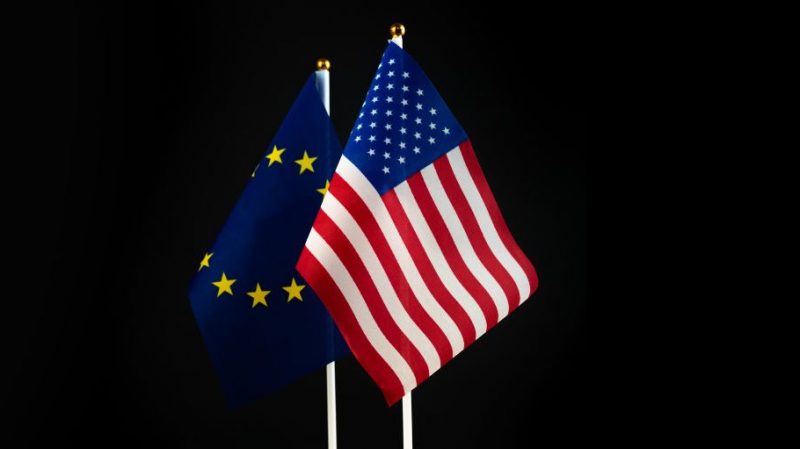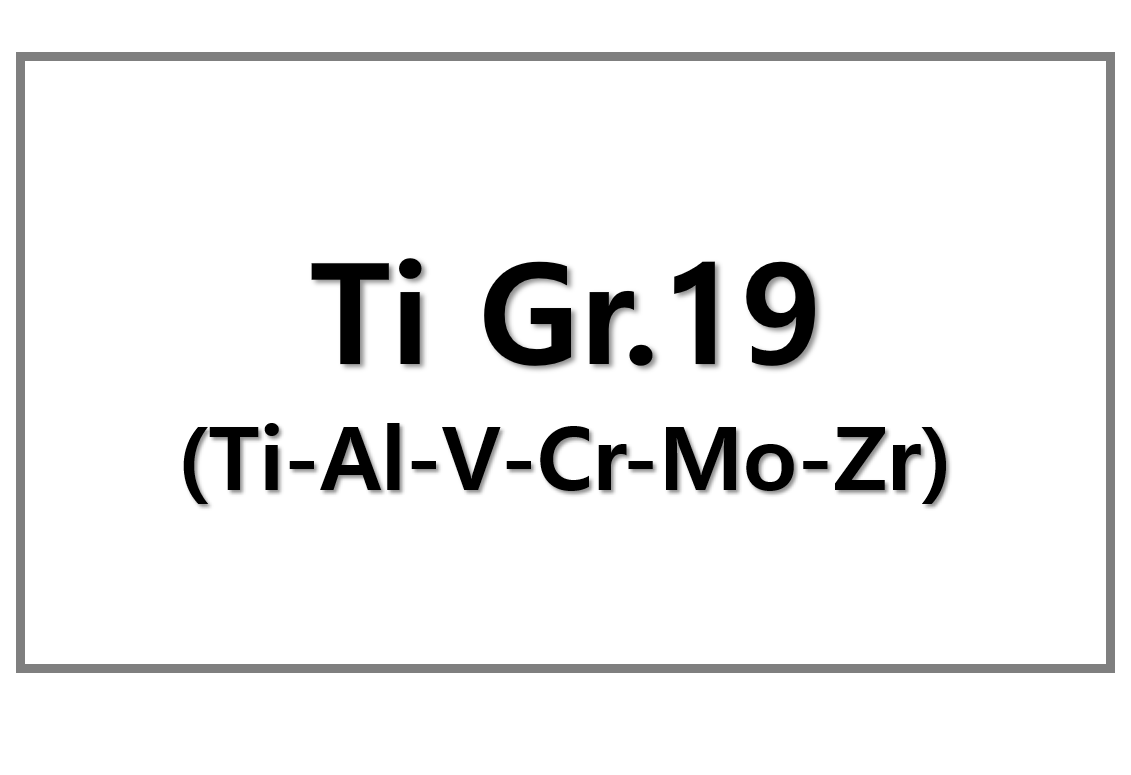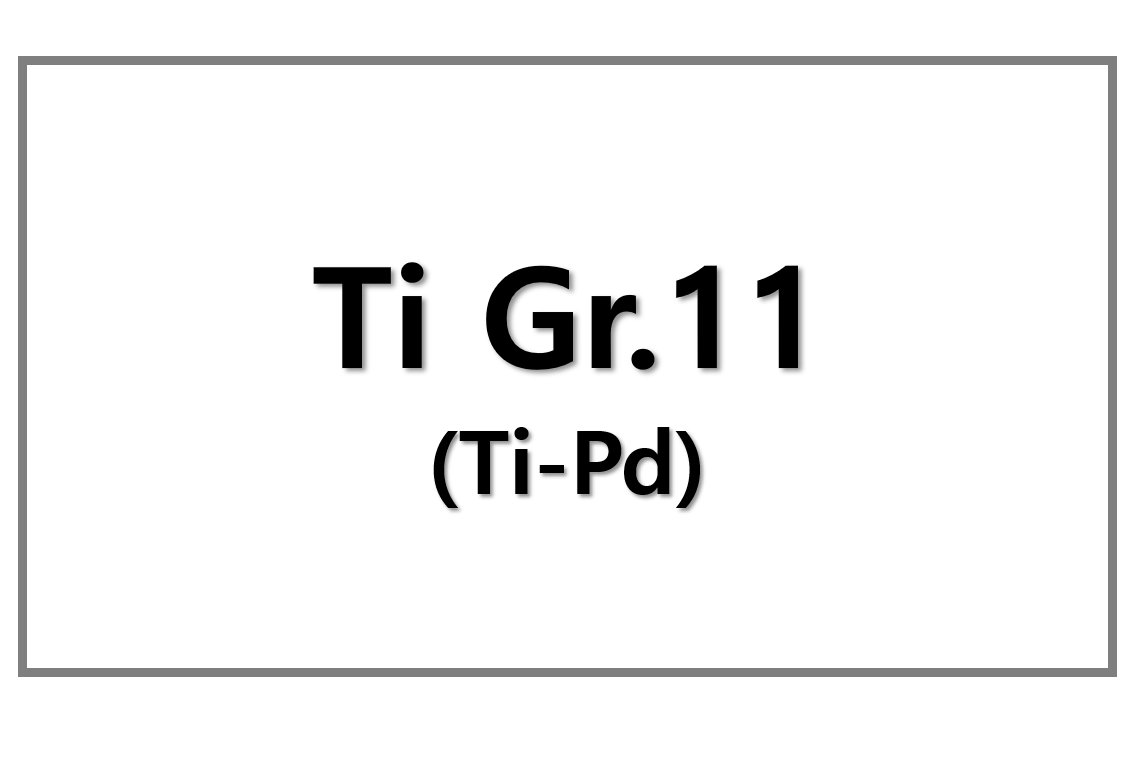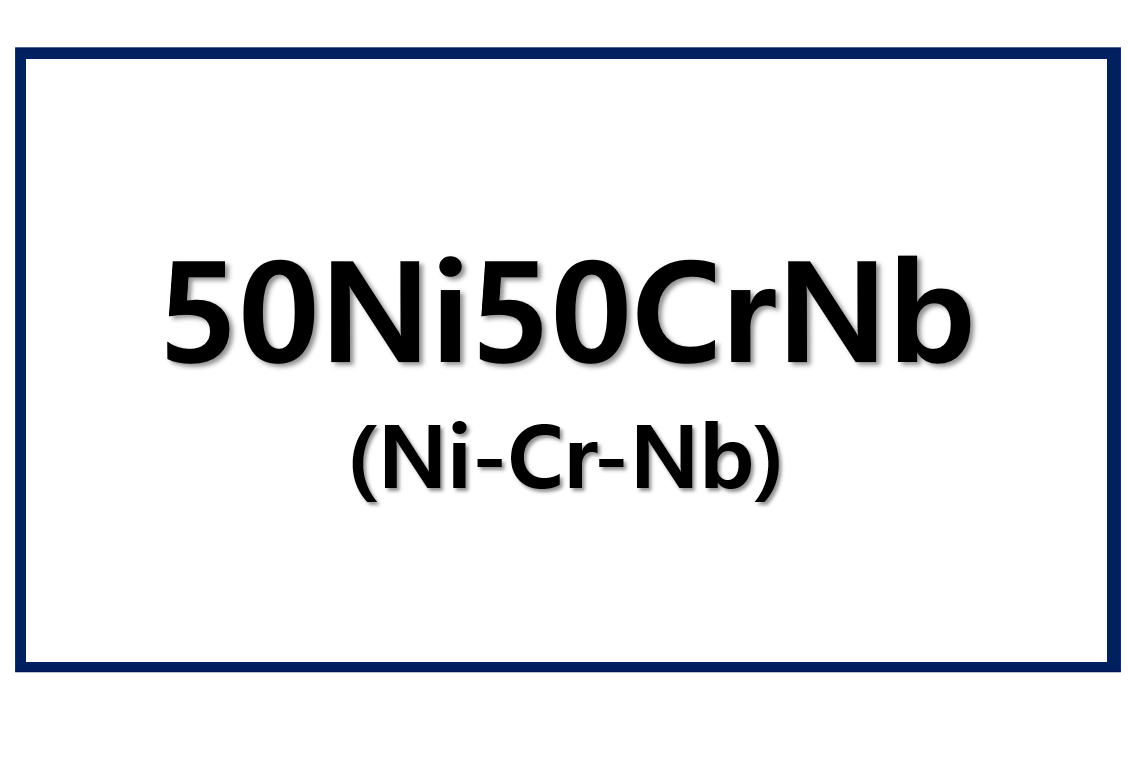
U.S. Tariffs on European Steel Prompt Urgent Call for EU Trade Defenses
The European Steel Association (EUROFER) has issued a stark warning regarding the impact of U.S. steel tariffs on European producers. With the United States raising tariffs to 50% as of June 2025, EUROFER is demanding protective measures for steel within the EU to safeguard its struggling metallurgical sector. The window to resolve this issue via a transatlantic trade agreement closes on August 1.
The U.S. originally imposed 25% tariffs under Section 232 in 2018. The result was a flood of displaced steel—blocked from U.S. markets—redirected into Europe. This undercut EU producers with cheaper, carbon-intensive imports. In response, the EU established tariff-rate quotas (TRQs) based on 2015–2017 levels, while the U.S. allowed 3.8 million tons of annual EU steel exports—down from 4.6 million before the trade action.
Focus Keyphrase: Protective Measures for Steel Must Strengthen EU Defenses
As of March 2025, the U.S. removed previous exemptions, fully reinstating tariffs and later doubling them. This change threatens all EU steel exports to the United States, disrupting long-established trade routes and increasing the likelihood of supply gluts in the EU market. EUROFER highlights that this could further depress prices and competitiveness for EU steelmakers already contending with high energy costs, carbon obligations, and global overcapacity.
EUROFER calls for stronger and faster implementation of trade defense tools. Specifically, it seeks reinforced TRQs with equal rules across all exporting nations. It also recommends expanding protections to cover all steel products, including derivatives. The group warns that without decisive EU action, job losses and mill closures will accelerate. Steel output in the EU has already dropped by 31 million tons since 2018, and import volumes now account for 27% of the market.
SuperMetalPrice Commentary:
The escalating tariff war reveals a strategic vulnerability in the EU’s steel supply chain. With the U.S. market closing and global excess capacity rising, protective measures for steel are no longer optional—they’re essential. The EU must modernize its trade defense mechanisms to support decarbonization goals without sacrificing industrial viability. In the short term, stronger TRQs and broader product coverage could stabilize the sector and prevent deeper structural damage.











Leave a Reply
You must be logged in to post a comment.